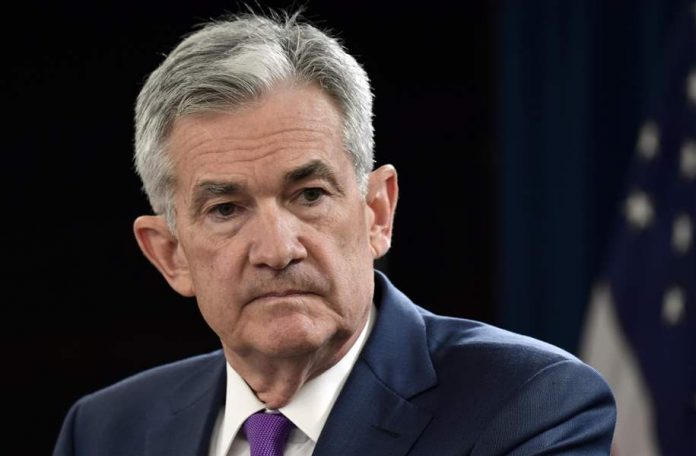President Biden’s made his pick. Jerome Powell is to remain Fed chairman for another term.
Bulls breathed a sigh of relief this morning as stocks rallied strongly in response.
“It appears markets are reacting positively to the continuity signal. Continuity will be key during this potentially tricky phase of the recovery where inflation is elevated and sticky, demand growth is strong but cooling and capital and labor supply is gradually rebounding,” explained Oxford Economics chief US economist Greg Daco.
By noon, however, the market gave up most of its initial gains. Tech shares were down while Dow components enjoyed a moderate lift. The S&P traded for a small gain.
It seems investors sobered up after stocks temporarily touched new highs. Last Friday was the November options expiration (OpEx) date.
This year, there have been plenty of post-OpEx rallies that followed pre-OpEx dips. Up until September, it was a fairly reliable trade – sell the week of OpEx, then buy immediately after.
Last month, though, there was no pre-OpEx correction. Stocks simply surged through expiration without looking back. September saw a steep selloff prior to expiration, but no rally emerged to close out the month.
Now, though, the S&P may be returning to its old ways. Stocks closed below the November high last week. Today, the market rallied post-OpEx.
But the enthusiasm quickly wore off as hawkish sentiment came crawling back. With Powell still in charge, at least one rate hike should occur sometime next year. Short-term, Powell retaining his seat provides stability, which the market initially loved. Longer-term bulls, on the other hand, were hoping that Lael “no hikes” Brainard would get the nod instead.
“I think this was largely expected by markets. Certainly, there were some conversations in markets over the last couple of weeks about Brainard potentially being elevated to the Fed chair position. But by and large, the expectation was for consistency,” said Erin Browne, Pimco managing director and portfolio manager.
“You may see a little bit of a rally on the back of this with the expectation that policy is going to remain in place and intact, and everything that’s been articulated already by the Fed is likely to continue into 2022 and beyond.”
Compared to Powell, Brainard is an “uber-dove.” It’s hard to imagine after almost two years of unprecedented quantitative easing (QE) under Powell’s guidance, but a Brainard nomination would have undoubtedly been a moderate-to-long-term bullish impulse.
Inflation expectations would’ve risen, too. But in today’s market, high inflation doesn’t really matter. Not when taken at face value, at least. Investors are likely approaching a scenario where stocks continuously rise (nominally) to keep pace with inflation.
But little-to-no real gains will be made.
We’re not there just yet because stocks are rising so quickly. It’s coming, though, and it could happen fast should demand wane further and true stagflation take hold in 2022. That trend may intensify in the future now that Brainard is clearly next in line for Fed chair.
That means when Powell’s second term is done, Brainard’s in. Probably around the same time the US economy is begging for low rates once more.








